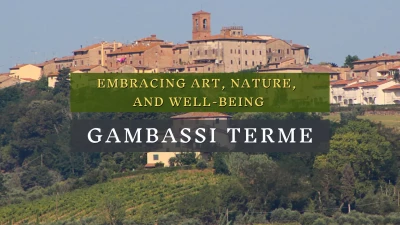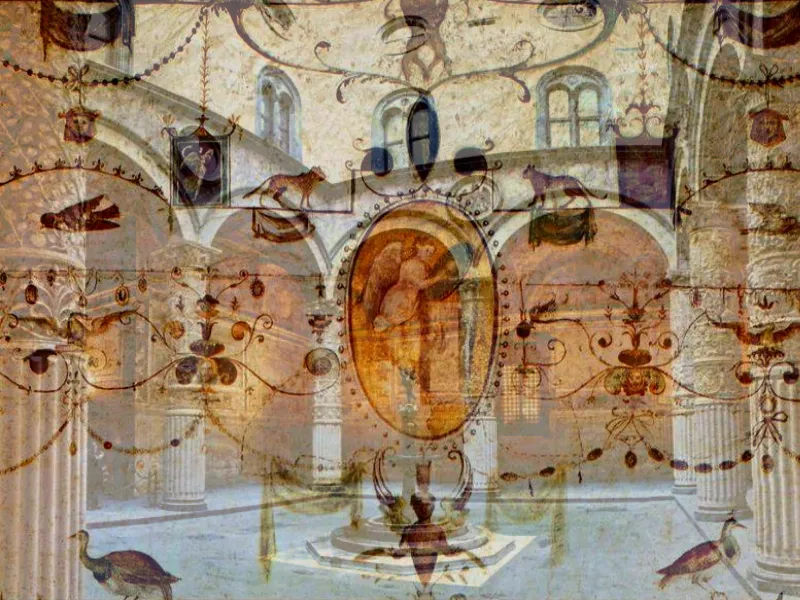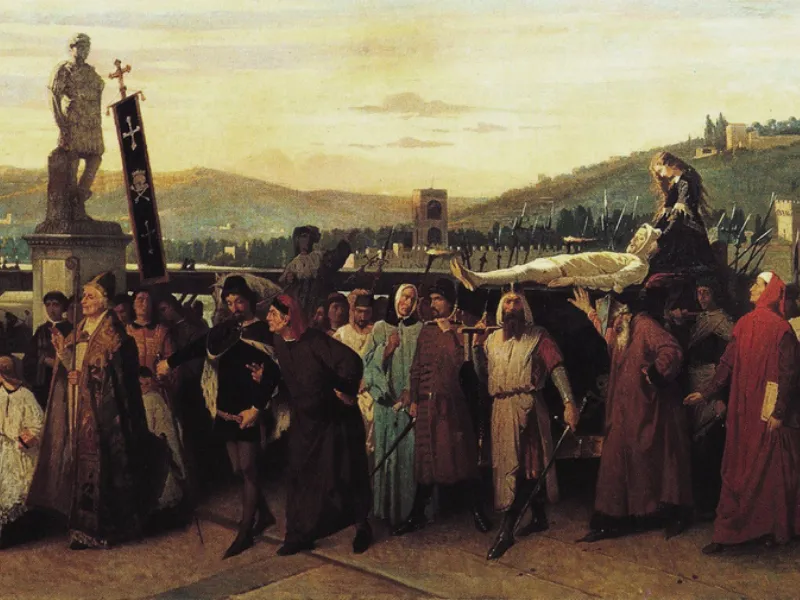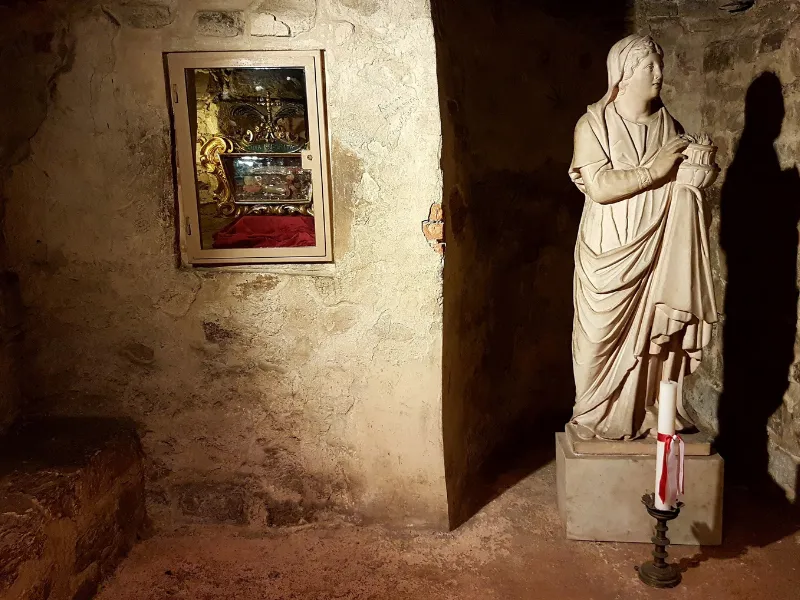The marquis Cosimo Ridolfi
The marquis Cosimo Ridolfi: the man who made the history of agronomy
Cosimo Ridolfi (1794-1865) was an agronomist, a philantrophist and a politician. From 1842 to 1865 he was elected President of the Accademia dei Georgofili. The Academy still today promotes the development of agronomy and economy through agricultural innovations. It was founded in 1753 under the grand duchy of Pietro Leopoldo. On the occasion of the Florence National Exposition in 1861, Cosimo proposed a new plough able to turn upside down the earth deeply through the use of stronger blades. In the same year, Italy became a united state so the Exposition was a precious opportunity to show the other countries its commercial and industrial power! In fact the king Vittorio Emanuele II opened the kermesse held in the Stazione Leopolda near Porta a Prato which gathered more than 136.000 visitors!
The marquis Cosimo Ridolfi, who was born and lived in the Palazzo Ridolfi in Via Maggio in Florence, entrusted F. Cecchi and G. Antonelli to manufacture two big metereological instruments, a thermometer and a barometer to be positioned in the Loggia dei Lanzi in Piazza Signoria for a public use. Cosimo was even elected Minister of Education and Senator after the unification of Italy. They functioned until 1930: now the remains of the original marble quadrants are situated between the ground floor and the first floor of the Museum of History and Science in Florence.
The marquis Cosimo Ridolfi, who was born and lived in the Palazzo Ridolfi in Via Maggio in Florence, entrusted F. Cecchi and G. Antonelli to manufacture two big metereological instruments, a thermometer and a barometer to be positioned in the Loggia dei Lanzi in Piazza Signoria for a public use. Cosimo was even elected Minister of Education and Senator after the unification of Italy. They functioned until 1930: now the remains of the original marble quadrants are situated between the ground floor and the first floor of the Museum of History and Science in Florence.

On the left the statue dedicated to Cosimo Ridolfi (XIX century) was sculpted by R. Romanelli and it is situated in Piazza S Spirito.
On the right the Accademia dei Georgofili, situated next to the Uffizi Gallery
Altri articoli

Gambassi Terme
Prominence on Via Francigena.

What is a grotesque decoration
This is the reason why you find grotesques in Florentine museums

What is done is done
This killing was the beginning of the civil florentine war between the aristocratic families factions of the city: Guelphs against ghibellines.

Santa Reparata and its precious remains
Santa reparata was destroyed only at the end of the XIV century when works for the edification of the new one were going on.

